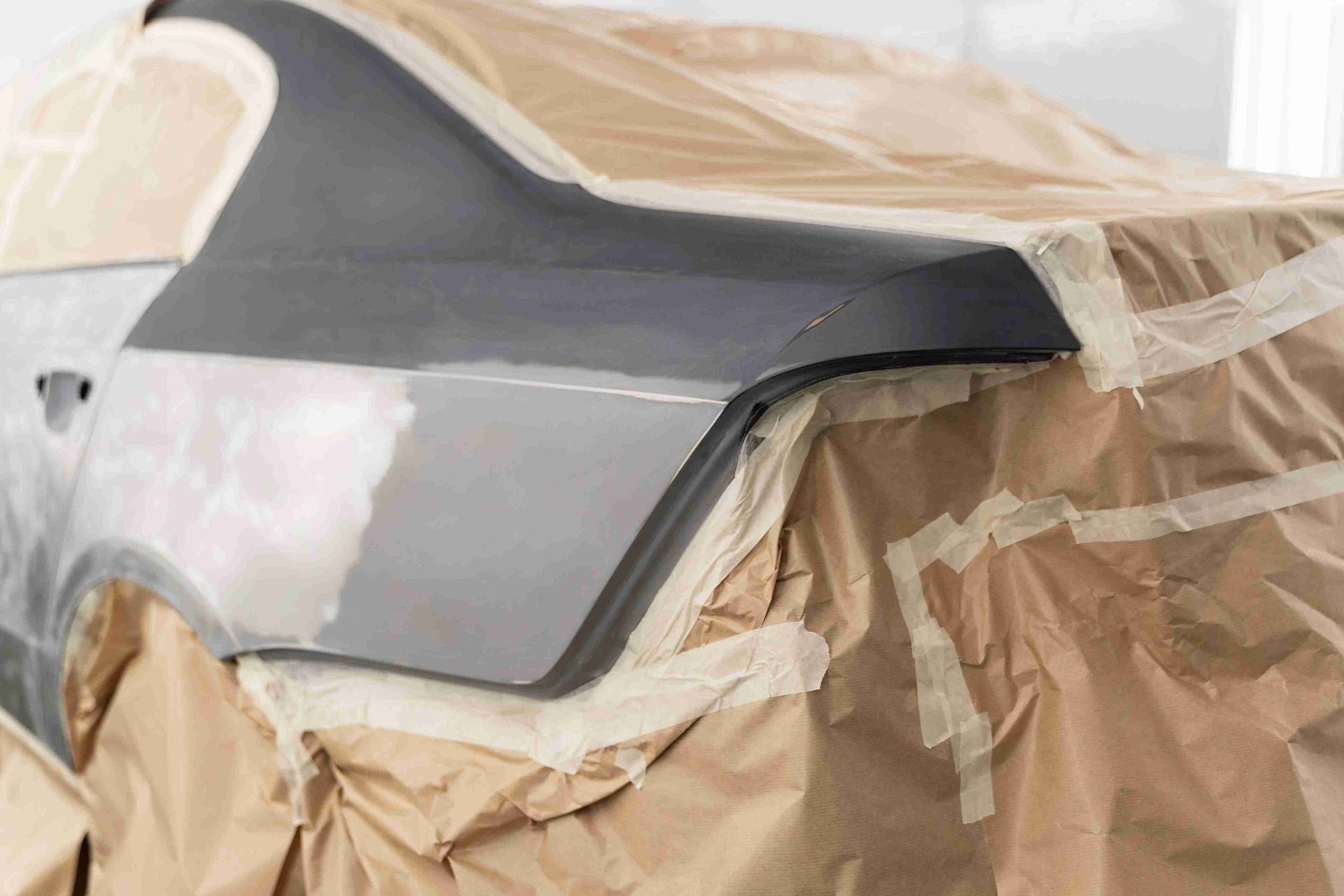There is a radical change in the textile printing business. The printing technologies cannot remain the same as the demand increases towards fast, customized, and high-quality apparel. It is no longer a matter of printing on cloth, but rather a matter of smartly converting digital designs to vivid, sharp prints within time and repeatability.
This shift has been accelerated by the convergence of two key innovations: Direct-to-Film (DTF) printing and AI edge computing hardware such as the Jetson AGX Orin. Collectively, the tools allow real-time rendering of designs, automation of the process, and smart print management, which minimizes errors and increases the freedom of creativity.
This paper will discuss how these technologies are converging to transform contemporary textile manufacturing and a peek into the future of intelligent manufacturing in the fashion and apparel sector.
DTF Printer: How Direct-to-Film Technology Delivers High-Resolution Textile Prints
A DTF printer (Direct-to-Film printer) is a specialized digital printing device that prints designs directly onto PET films, which are later heat-transferred onto various textiles. Unlike other types of screen printing or sublimation, the DTF technology works with a broader variety of fabrics such as cotton, polyester, nylon, and blended fabrics, which is why it fits dynamic production settings.
DTF printers stand out for their vibrant color output, fine detail, and durability. This is done by printing the design on film with water-based pigment ink, then a special adhesive powder is applied after which it is cured, and then the print is transferred to the fabric with a heat press. The image produced is not only clear and bright, but also does not wash away and crack.
One of the key advantages of DTF printers is their low setup cost and ability to produce one-off designs efficiently. This allows small businesses and bespoke fashion brands to get into the market with the least amount of investment. Additionally, digital workflow enables the printer to print complicated artwork without being restricted to the number of colors or gradients.
Nowadays, DTF printing has become common in every industry: promotional apparel and fashion startups, sportswear, and home textiles. It is also a critical tool in the shift to just-in-time, zero-inventory manufacturing patterns because it is compatible with on-demand production.
Jetson AGX Orin: The AI Powerhouse Behind Real-Time Image Processing
The Jetson AGX Orin by NVIDIA is an AI edge computing module that brings data center-level performance into compact, low-power devices. It can support the most intensive operations in the field of robotization, computer vision, and industrial automation, including intelligent textile printing up to 275 TOPS (trillion operations per second) of AI performance.
Real-time processing of images is critical in a DTF printing process. The designs have to be rendered, color-corrected, optimized to the type of fabric, and prepared to output at high resolutions, and all in an automated pipeline. This is where the Jetson AGX Orin excels. It allows high-level image processing, predictive analysis, and system learning on the edge, which reduces latency and removes the necessity of cloud computing.

The GPU, CPU and deep learning accelerators of the module enable it to:
- Perform on-the-fly design interpretation
- Apply color profiling and adjustment
- Detect and correct print anomalies in real time
- Manage motion control for synchronized printing and curing steps
Integrating Jetson AGX Orin into DTF Printing Systems for Smart Automation
The integration of Jetson AGX Orin into a DTF printer creates a new standard for smart automation in textile printing. It makes it possible to have closed-loop functionality, as AI can monitor, analyze, and optimize the printing process on an ongoing basis and provide the highest level of efficiency and quality with the minimum human participation.
This is how integration is practical:
- The printer receives a digital file. The Jetson AGX Orin preprocesses, resizing, color optimizing, and simulating the output based on fabric type.
- During printing, embedded cameras and sensors feed real-time data to the module, which detects issues like misalignment, ink bleed, or color inconsistencies.
- Based on this feedback, the Jetson unit automatically adjusts print head movement, ink deposition, and curing temperatures to ensure uniform output.
This degree of automation reduces wastage and rework, and maximizes resource utilization which is so important in high throughput situations.
Moreover, the edge AI features provided by Jetson enable the system to track the past data, identify the patterns of the print and forecast the deterioration of the component or the system malfunctions. This preventative maintenance lowers the time of unavailability and maximizes the life of the printer.
On the part of an operator, the process is made user friendly. Jetson-enabled intuitive interface can suggest settings, warn the user about possible problems, or even auto-calibrate to new fabrics. This minimizes the training gap and it enables intelligent manufacturing at scale.
The fusion of DTF printers with edge AI transforms printing from a manual task into a smart, autonomous process, setting a benchmark for the future of digital textile production.
Use Cases: From Mass Customization to On-Demand Fashion Production
The combined capabilities of a DTF printer and Jetson AGX Orin extend far beyond basic T-shirt printing. They open up new potentialities of mass customization, quick prototyping, and printing on-demand clothing, which are all important tendencies in the fashion and textile markets.
Startups and boutique labels use DTF printers to quickly translate digital designs into final products. Through image processing and automation with Jetson, these small businesses will not require huge numbers of employees or expensive infrastructure to guarantee quality print.
Greater factories are incorporating these systems in order to customize in real-time design, where a consumer can customize the clothing themselves, whether it be color, graphic, text, directly through an application or a page. The Jetson module handles the data-heavy processing, while the DTF printer executes the print with minimal lag and high precision.
The synergy of the two technologies in industrial environments also enables variable data printing, quality control on the batch level and real-time order tracking. Such capabilities are important when handling lean and fast production cycles of enterprise clients.
Conclusion:
As the textile industry embraces digital transformation, the fusion of DTF printers with AI-driven modules like the Jetson AGX Orin marks a pivotal shift. It is the transition of labor intensive and time consuming processes to intelligent and automated processes that provide consistent quality, less wastage and unparalleled flexibility.
This synergy enables the creators to concentrate on innovation and design, whereas machines would take care of complexity and optimization. Designers, manufacturers, and start-up entrepreneurs alike can benefit because the implementation of AI hardware into textile processes will allow increasing the speed of production, making it more accurate, and more creatively versatile.
Smart printing systems are not only an improvement in the race to sustainable and personalized fashion; they are the essential tool. The future of textile production belongs to those who can blend technology with artistry, and thanks to platforms like Jetson AGX Orin, that future is already taking shape.




